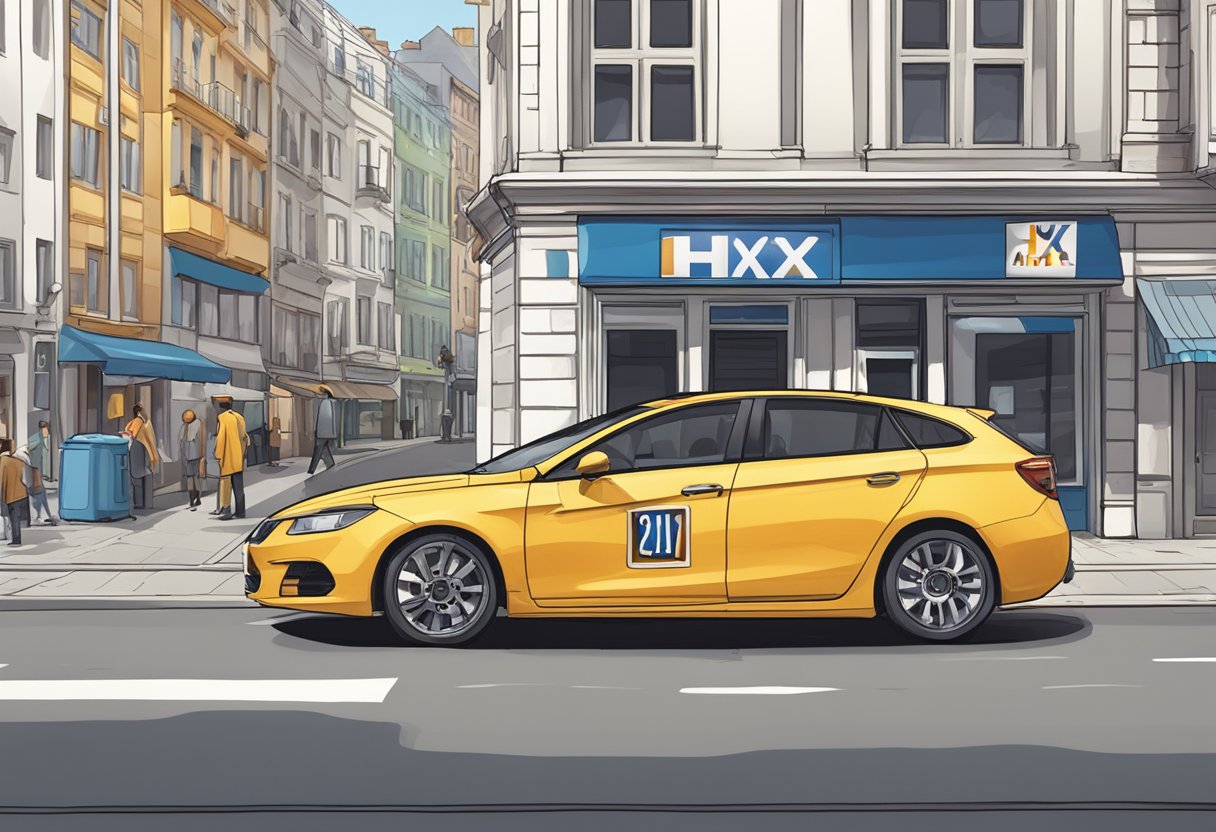Exploring CATL Solid State Battery: The Future of Energy Storage
As electric vehicles and renewable energy storage solutions gain momentum, CATL solid state batteries are emerging as a game-changer in the energy storage sector. This article delves into the specifics of CATL's innovative technology, addressing questions surrounding their performance, durability, and potential applications.

CATL Solid State Battery: A Comprehensive Overview
If you're looking at advancements in energy storage, CATL solid state batteries are at the forefront of the conversation. Contemporary batteries face several challenges, including safety, energy density, and lifespan. CATL (Contemporary Amperex Technology Co. Limited) is addressing these challenges with solid state technology. Below, we dive into specific questions surrounding CATL solid state batteries.
1. What Makes CATL Solid State Batteries Different?
CATL solid state batteries utilize solid electrolytes instead of liquid ones found in conventional lithium-ion batteries. This shift significantly enhances safety by reducing flammability risks and enabling higher energy density, which can lead to improved performance in electric vehicles (EVs).
2. How Do CATL Solid State Batteries Improve Energy Density?
The energy density of a battery is crucial for extending the range of electric vehicles. CATL's solid state batteries can achieve higher energy densities, potentially surpassing 500 Wh/kg. This is due to the use of advanced solid electrolytes and optimized materials, allowing for a more compact design and lighter weight compared to traditional lithium-ion batteries.
3. What Are the Safety Features of CATL Solid State Batteries?
One of the major concerns with lithium-ion batteries is the risk of thermal runaway, which can lead to fires and explosions. CATL solid state batteries utilize non-flammable solid electrolytes, reducing this risk significantly. Additionally, the implementation of robust thermal management systems further ensures that these batteries operate safely under varying temperature conditions.
4. What is the Manufacturing Process for CATL Solid State Batteries?
CATL employs advanced manufacturing techniques to produce solid state batteries. The production involves the careful layering of solid electrolytes and electrode materials under controlled environments. This precision ensures that the battery's performance meets the high standards set by the company and is ready for commercial application in EVs and other technologies.
5. When Will CATL Solid State Batteries Be Available?
As of 2023, CATL is actively pursuing commercial production of solid state batteries. While they have showcased prototype technologies at various auto shows and industry events, mass production is expected to commence in the next few years. As CATL ramps up its production capabilities, we anticipate that these batteries will become more widely available by 2025.
6. Are CATL Solid State Batteries Suitable for Consumer Electronics?
While CATL solid state batteries are primarily being developed for electric vehicles, the technology has potential applications in consumer electronics as well. Their higher energy density and improved safety features can lead to longer-lasting, more efficient devices. Companies could leverage CATL's technology to enhance smartphones, laptops, and wearables significantly.
7. How Does CATL Address the Cost of Solid State Batteries?
Currently, the cost of solid state batteries is higher compared to traditional lithium-ion batteries due to the complexity of their materials and manufacturing processes. However, CATL is investing heavily in R&D to optimize production techniques, which could lead to cost reductions. As manufacturing scales and technology matures, we can expect more competitive pricing, making these batteries accessible in the mainstream market.
8. What Is the Expected Lifespan of CATL Solid State Batteries?
One of the profound advantages of CATL solid state batteries is their anticipated lifespan. These batteries are designed to endure more charge and discharge cycles compared to conventional lithium-ion counterparts. Initial estimates suggest that CATL solid state batteries could last up to 1,000 cycles or more without significant capacity loss, providing long-term reliability for users.
9. What Are the Environmental Impacts of CATL Solid State Batteries?
Sustainability is a key priority for CATL. The company's solid state battery technology aims to minimize the environmental impact associated with battery production and disposal. The transition from liquid electrolytes to solid materials can lower the carbon footprint of production, and the greater lifespan of the batteries reduces overall waste.
10. How Will CATL Solid State Batteries Influence the EV Market?
As automakers increasingly shift toward electric mobility, CATL solid state batteries are poised to revolutionize the EV market. Their higher energy densities will enable longer-range vehicles, making them more appealing to consumers. Additionally, enhanced safety and reduced risk of fires can accelerate EV adoption, addressing one of the major concerns potential buyers have.
Conclusion
CATL solid state batteries represent an exciting advancement in the energy storage industry. With their focus on safety, energy density, and longevity, they are positioned to be a crucial player in the future of electric vehicles and portable electronic devices. As manufacturers ramp up production and technology matures, we can anticipate a significant shift in how we perceive battery performance and safety in the coming years.
New posts

Understanding the Model X Refresh: What You Need to Know
Tesla

Everything You Need to Know About the Xiaomi Car: Specs, Features, and Market Impact
Xiaomi

Understanding Model Y Wait Times: What to Expect in 2023
Tesla

Exploring AI Day at Tesla: Innovations, Insights, and Future Prospects
Tesla

Cathie Wood Latest: Insights into Her Investment Strategy and Market Moves
Investment

Exploring the Geely Radar RD6: All You Need to Know
Automotive

Understanding the Zeekr X Price: What You Need to Know
Electric Vehicles

Understanding the Tesla Model Y Performance: A Comprehensive Guide
Tesla

Exploring the Ford VW MEB Platform: A Deep Dive
Volkswagen

Exploring the Spaciousness of the Model Y Trunk Space: Everything You Need to Know
Tesla
Popular posts

Everything You Need to Know About NIO Registrations: A Comprehensive Guide
Sustainability

BYD Seal: Unraveling the Future of Electric Mobility
Sustainability

Unveiling the Xiaomi SU7 EV Lei: What You Need to Know
Xiaomi

Everything You Need to Know About Tesla EV: Questions Answered
Tesla

Exploring the Ford VW MEB Platform: A Deep Dive
Volkswagen

Unlocking the Future: BYD Solid State Battery Technology Explained
Innovation

What You Need to Know About Tesla FSD 12: Features, Advancements, and User Experiences
Innovation

Understanding NIO Pricing: A Comprehensive Breakdown
Electric Vehicles

Tesla Market Share: Current Trends and Future Projections
Tesla

Cathie Wood Latest: Insights into Her Investment Strategy and Market Moves
Investment